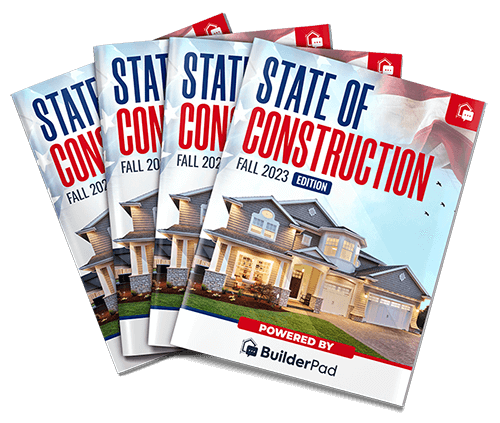In today’s fast-paced construction industry, project managers often find themselves at the helm of multiple projects.
Juggling diverse client needs, deadlines, and resources can be a daunting task.
This multi-project environment demands not just technical proficiency but also exceptional organizational and interpersonal skills.
Adapting to the dynamic nature of different projects, while maintaining a high standard of work, is crucial for success in this field.
Understanding the Challenges
Managing multiple projects introduces a unique set of challenges. These include allocating resources across projects, maintaining consistent communication, and ensuring quality doesn’t slip.
Additionally, balancing stakeholder expectations and navigating the complexities of varied project scopes can further complicate the process.
There’s also the ever-present risk of overcommitment, which can lead to burnout and reduced productivity, affecting both the team and project outcomes.
Essential Tools and Technologies
In the digital age, leveraging technology is non-negotiable. BuilderPad offers real-scheduling of tasks and deadlines.

Tools like these not only enhance efficiency but also bring a level of transparency and accountability to the project management process.
Communication tools provided by BuilderPad ensure that information flows seamlessly between teams and stakeholders, bridging geographical and functional divides.

Tech Tip: Integrating Software for Maximum Efficiency
Using integrated systems can prevent data silos and ensure that information is consistent across all platforms.
This integration helps in creating a single source of truth for all project-related information, which is crucial for making informed decisions.
It also facilitates easier reporting and tracking of project progress, helping managers stay on top of multiple projects without getting overwhelmed.
Communication Strategies

Effective communication is the backbone of successful project management. Regular updates, clear instructions, and open channels for feedback keep everyone on the same page.
Ensuring that this communication is regular and consistent helps in building trust and reliability among team members and stakeholders.
It’s essential to tailor communication methods to suit different stakeholders – what works for team members may not be ideal for clients, and understanding these nuances is key.
Time Management and Prioritization

Effective time management involves identifying critical tasks and allocating adequate time to them. Tools like the Eisenhower Box can help in prioritizing tasks based on urgency and importance.
Understanding the difference between urgent and important tasks is vital for effective time management.
Effective delegation is also crucial, as it helps in managing workloads and allows managers to focus on high-priority tasks.
Time Management Technique: The Pomodoro Technique
This technique involves working in focused bursts with short breaks in between, promoting efficiency and preventing burnout.
It’s particularly useful in managing the day-to-day tasks of multiple projects, helping to maintain focus and momentum.
This technique also encourages regular breaks, which are essential for maintaining mental health and work-life balance in high-pressure environments.
Building and Leading Effective Teams
A capable team is the lifeblood of any project. Building a team with complementary skills and fostering a collaborative environment are key.
It’s equally important to recognize and cultivate each team member’s strengths, creating a sense of ownership and involvement.
Leadership plays a pivotal role in motivating the team and resolving conflicts, setting the tone for the project’s culture and work ethic.
Risk Management and Contingency Planning

Identifying potential risks and developing contingency plans is crucial.
Regular risk assessments and adopting a proactive approach can mitigate unforeseen issues.
This proactive stance helps in maintaining project momentum even when unexpected challenges arise.
Effective risk management also involves constant monitoring and adapting strategies as projects evolve.
Here are some key takeaways from the article:
- Managing multiple projects presents unique challenges like resource allocation, communication, and quality control. Effective planning and risk management are essential.
- Leveraging technology like project management software and communication tools can enhance efficiency, transparency, and collaboration.
- Regular communication tailored to different stakeholders is crucial for keeping everyone informed and resolving issues collaboratively.
- Time management techniques like the Eisenhower Box and Pomodoro can help prioritize tasks and maintain focus.
- Building a skilled, collaborative team and leading by example are pivotal for creating an effective project culture.
- Proactive risk assessment and contingency planning help minimize disruptions and keep projects on track despite challenges.







